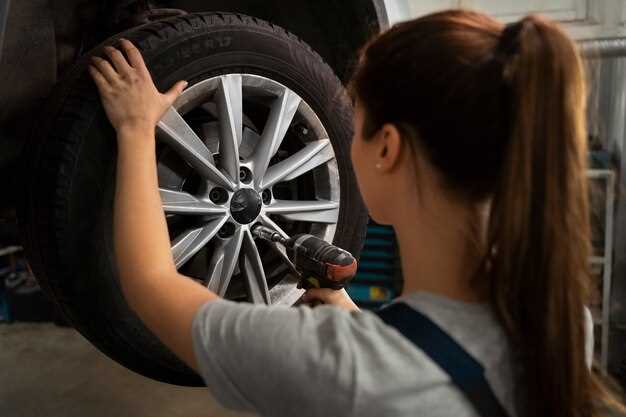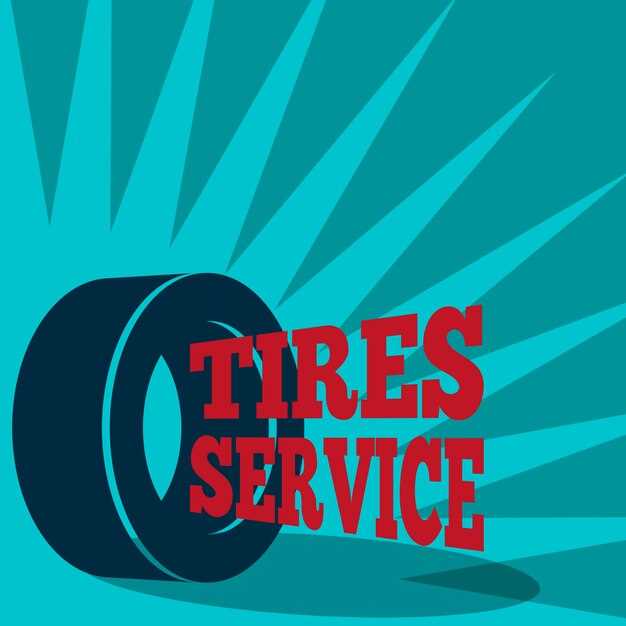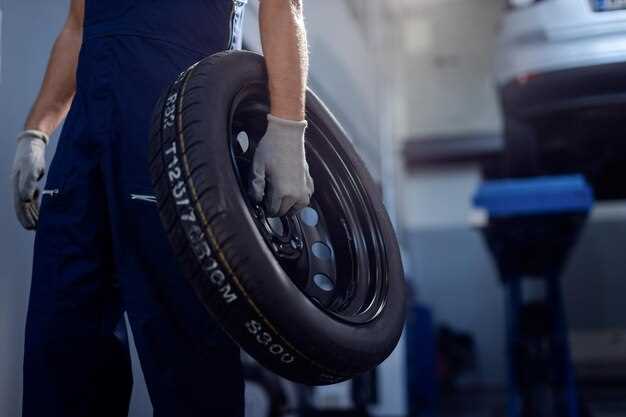
Maintaining the correct tire pressure is crucial for optimal vehicle performance and safety. Under-inflated or over-inflated tires can significantly impact driving dynamics, fuel efficiency, and overall safety on the road. When tires are not properly inflated, they can wear unevenly, leading to premature replacement and increased costs for the driver.
Ensuring that your tires are at the recommended pressure also contributes to better handling and stability while driving. Correct tire pressure enhances traction, which is vital for effective braking and maneuvering, particularly in adverse weather conditions. This not only improves overall driving performance but also plays a significant role in accident prevention.
In this article, we will explore practical tips and tricks for effectively managing tire pressure. From understanding the importance of regular checks to the benefits of maintaining optimal levels, these insights aim to empower drivers with the knowledge necessary for a safer and more efficient driving experience.
How to Accurately Measure Tire Pressure
To ensure optimal performance and safety, it is crucial to accurately measure your tire pressure regularly. Follow these steps for precise readings:
1. Choose a Reliable Gauge: Select a quality tire pressure gauge. Options include digital, dial, or pen-style gauges. Digital gauges often provide the most accurate readings, while dial gauges are user-friendly.
2. Check the Recommended Pressure: Refer to your vehicle’s owner manual or the sticker located on the driver’s side door jamb. This will indicate the optimal tire pressure for front and rear tires, usually measured in pounds per square inch (PSI).
3. Ensure Tires are Cold: For an accurate reading, measure tire pressure when the tires are cold, ideally before driving or at least three hours after use. Heat generated from driving can increase tire pressure, leading to inaccurate results.
4. Remove the Valve Cap: Start by unscrewing the valve cap from the tire’s valve stem. Keep the cap in a safe place to prevent dirt and debris from entering the valve.
5. Use the Gauge: Firmly press the tire gauge onto the valve stem. Ensure a good seal to avoid air loss and get a reliable reading. Take note of the PSI displayed on the gauge.
6. Compare with Recommended Pressure: Check the measured pressure against the recommended PSI. If the reading is below or above the suggested level, you will need to inflate or deflate the tire accordingly.
7. Adjust as Necessary: If the tire pressure is low, use an air compressor to inflate the tire. For over-inflation, release air by pressing the small metal stem inside the valve. Always recheck the pressure after adjustments.
8. Replace the Valve Cap: Once the pressure is adjusted, securely replace the valve cap to protect against dirt and moisture, which can lead to valve damage.
Regularly checking and maintaining correct tire pressure will enhance safety, improve fuel efficiency, and extend tire life. Make it a habit to measure tire pressure at least once a month or before long trips.
Optimal Tire Pressure for Different Driving Conditions

Maintaining the correct tire pressure is crucial for optimal vehicle performance and safety, particularly as driving conditions change. Different environments and situations can require adjustments in tire pressure to ensure maximum grip, fuel efficiency, and overall handling.
Under normal driving conditions, the manufacturer’s recommended tire pressure, usually found on a label inside the driver’s door or in the owner’s manual, should be followed. This standard pressure is designed to maximize tire longevity and ensure even wear. However, during certain circumstances, efficiencies can vary.
In cold weather, tire pressure tends to decrease as the temperature drops. For every 10°F decrease in temperature, tire pressure can drop by approximately 1 PSI. In winter conditions, it is advisable to check and possibly increase tire pressure to maintain optimal performance and prevent under-inflation. Properly inflated tires provide better traction on slick surfaces and enhance vehicle control.
In hot weather, the opposite occurs; tire pressure may increase due to heat expansion. It’s important to monitor tire pressure during these hot conditions and adjust it if it exceeds the recommended level. Over-inflated tires can result in a harsher ride, reduced contact with the road, and increased risk of blowouts.
For off-road driving, tires should be deflated slightly to increase the surface area in contact with the ground. This approach enhances traction on uneven terrains, such as mud, sand, or gravel. However, it is vital to reinflate the tires to their optimal pressure when returning to normal driving conditions.
When towing heavy loads, it’s necessary to adjust tire pressures accordingly. Tires should be inflated to the levels specified for towing, which is often higher than normal. This ensures proper handling, increased safety, and minimizes the risk of tire failure under the added weight.
Lastly, during high-speed driving or performance driving, slightly higher tire pressures than the recommended levels may be beneficial. This helps improve steering response and stability at speed, but careful monitoring is essential to avoid over-inflation, which can lead to reduced contact with the road surface.
Regularly checking and adjusting tire pressure according to specific driving conditions optimizes performance, enhances safety, and extends the lifespan of your tires, making it a vital maintenance task for all drivers.
Common Mistakes to Avoid When Adjusting Tire Pressure

Maintaining the correct tire pressure is crucial for both safety and performance. However, several common mistakes can undermine these efforts. Recognizing and avoiding these pitfalls can lead to a safer driving experience and improved fuel efficiency.
1. Checking Tire Pressure When Tires Are Hot: One frequent mistake is measuring tire pressure immediately after driving. Tires heat up while on the road, causing the air inside them to expand and inflate the pressure readings. Always check tire pressure when tires are cold, ideally after the vehicle has been parked for at least three hours.
2. Ignoring the Manufacturer’s Recommended Pressure: Each vehicle has a specific tire pressure recommendation provided by the manufacturer. Some drivers may rely on general guidelines or common practices instead of referring to the user manual or the sticker typically found inside the driver’s door. Always adhere to the recommended pressure for optimal performance.
3. Overlooking the Spare Tire: Many drivers focus solely on the four primary tires and neglect the spare tire. It’s essential to ensure that the spare tire is also adequately inflated, as it can be a crucial safety measure in emergencies. Make it a habit to check the spare at regular intervals.
4. Using Inaccurate Pressure Gauges: Not all tire pressure gauges are created equal. Some can be inaccurate or have not been calibrated for a long time. Invest in a digital gauge for consistent accuracy, and regularly check its reliability against a known standard.
5. Adjusting Pressure Based on Visual Appearance: Many drivers make the mistake of judging tire pressure based on the tire’s appearance or feel. A tire that looks under-inflated may not necessarily be so, and vice versa. Always use a gauge for precise measurement rather than relying on visual cues.
6. Forgetting About Temperature Fluctuations: Tire pressure can vary with temperature changes, which can lead to over-inflation or under-inflation. It’s important to check tire pressure seasonally or with significant weather changes, as a drop in temperature can lower tire pressure significantly.
7. Neglecting to Recheck Pressure: After adjusting tire pressure, it’s crucial to recheck it to ensure that it was set accurately. Sometimes air can escape during the adjustment process. Performing a final check guarantees that you achieve the desired pressure level.
By being aware of these common mistakes, you can ensure proper tire maintenance, enhance vehicle safety, and improve performance on the road.